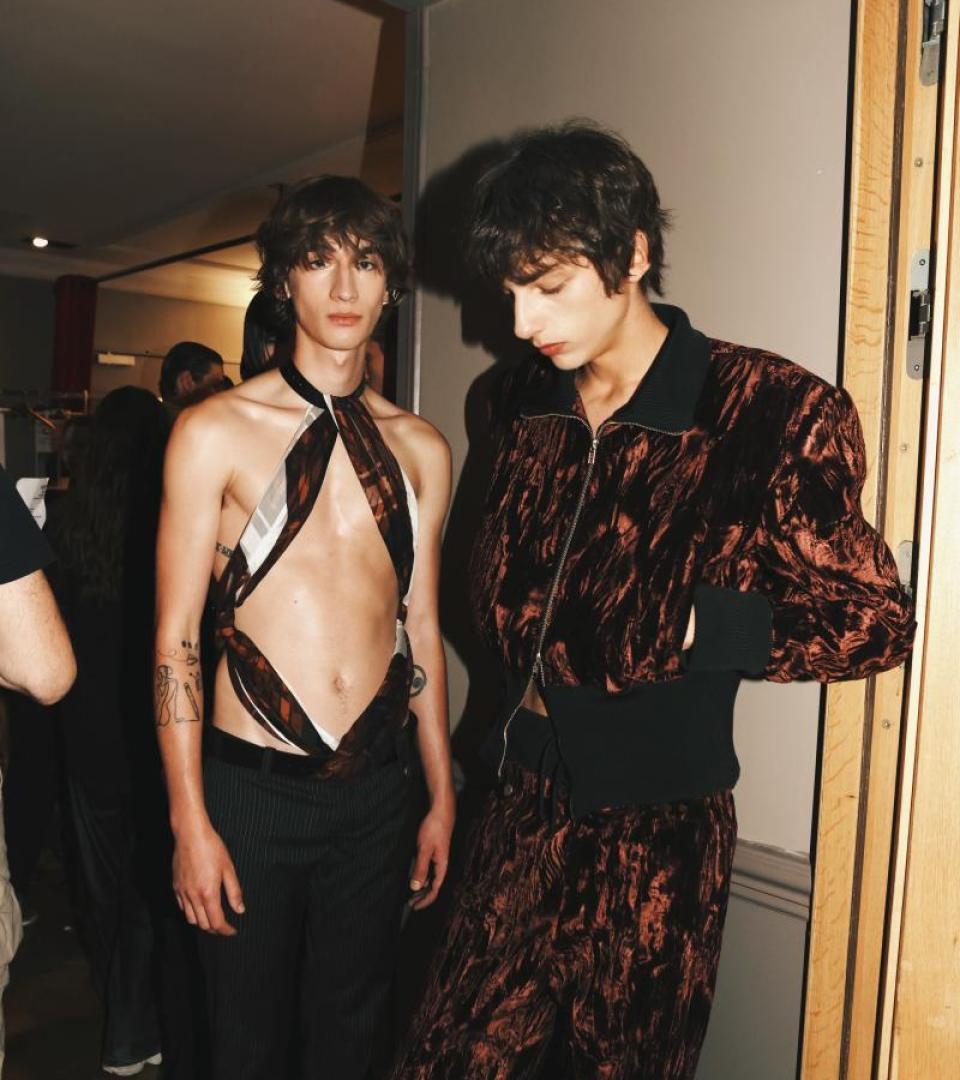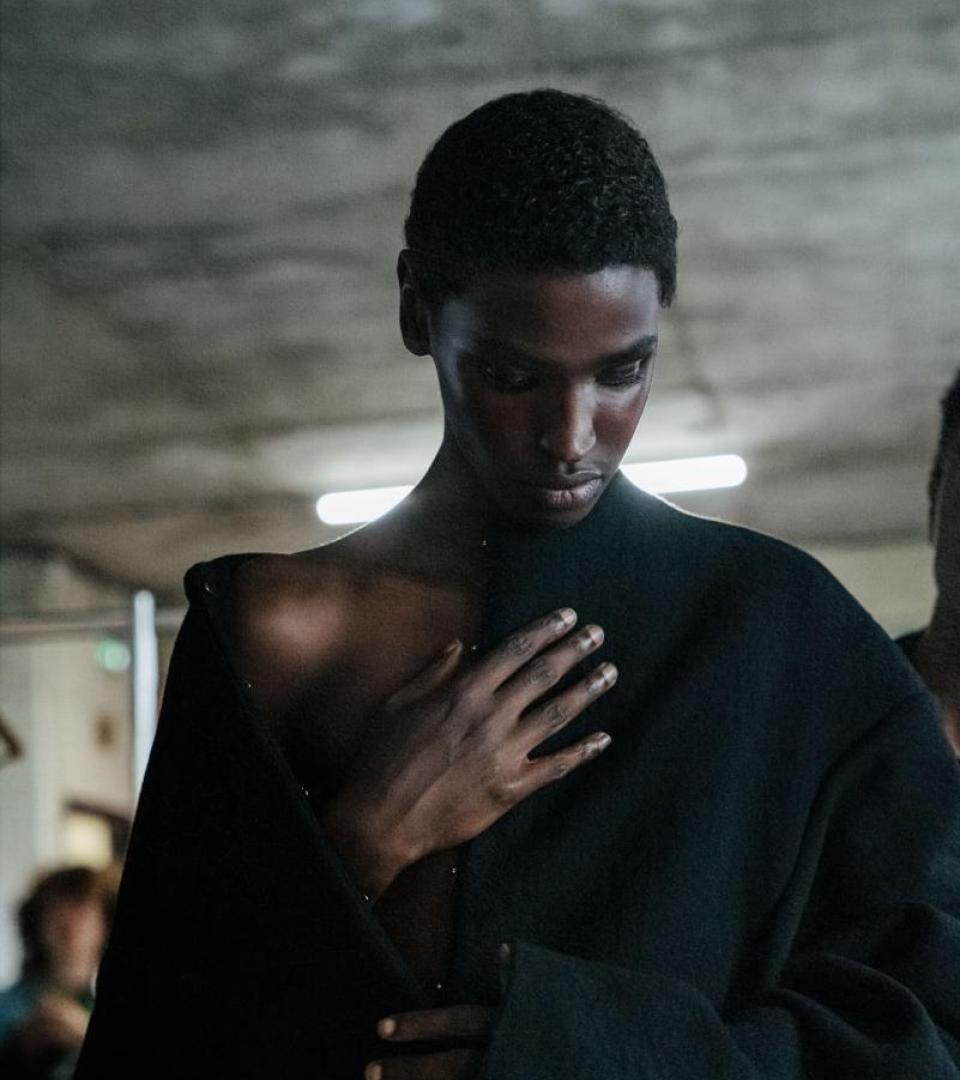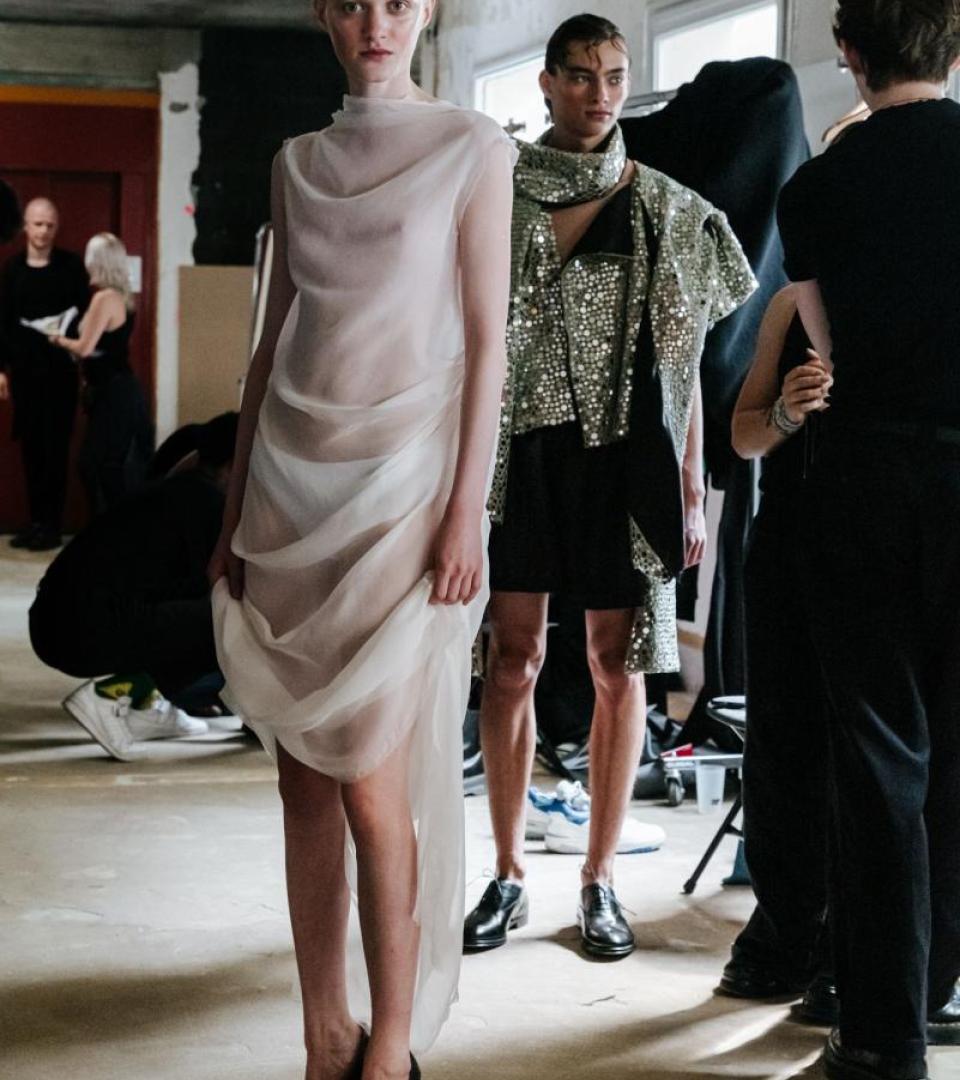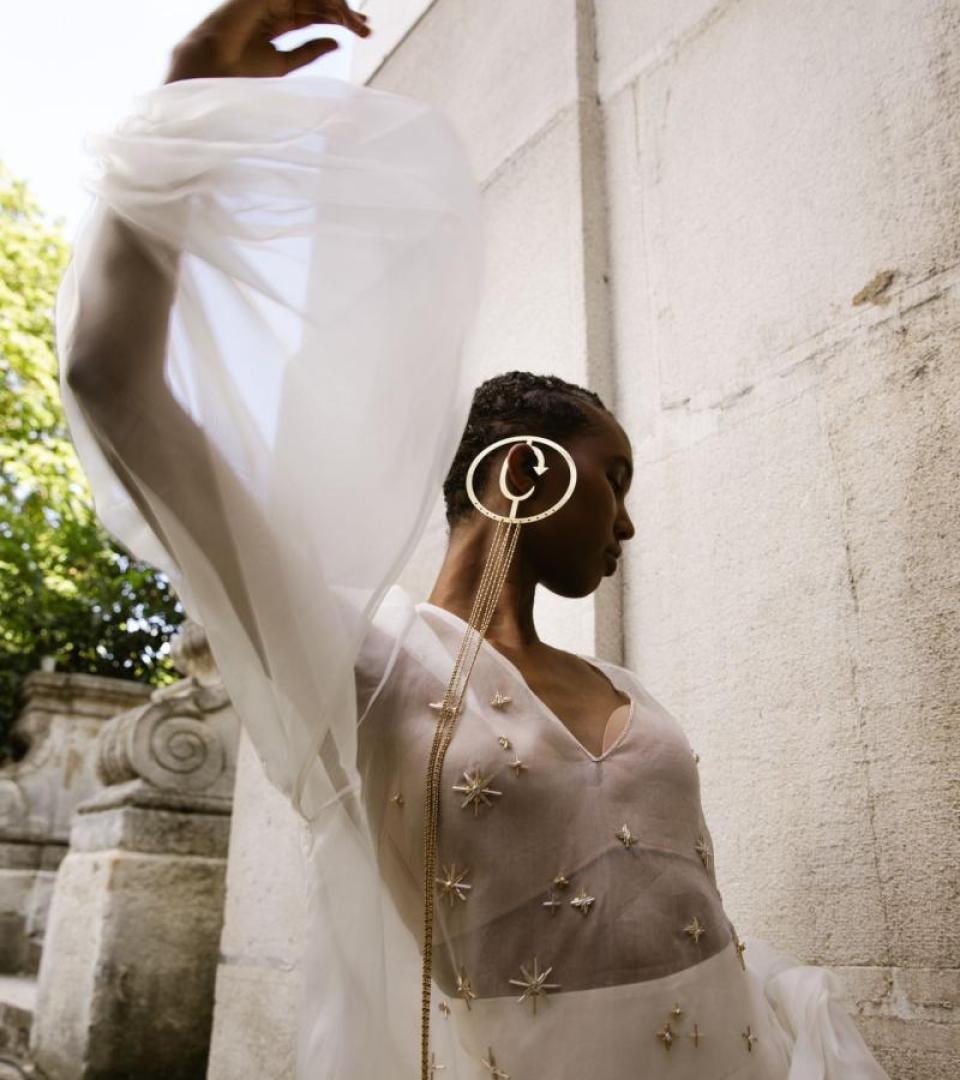Namacheko – Interview
Where are you, and how are you coping with this unprecedented time?
We’ve been based in Antwerp for the past two years, so it’s like being in this little bubble — it’s the closest I can get to Paris, but I still feel like I’m in Sweden. With everything that’s been going on, I’ve had a lot more time to think, which is good in some ways and challenging in others. It’s sad to think that something like this had to happen for us to reconsider aspects of what we do. The slowdown has been healthy in a way, but I think things will come back up to speed. What I think has changed permanently is how we’ll communicate about the brand, how we distribute, and product longevity. If we’d continued as things were before, I’m not sure we would have survived.
How is business currently?
Fortunately, fashion’s ‘old guard’ has always been very supportive of us. Last winter’s collection was our most successful in terms of sales. The collaboration we did with the American artist Gregory Crewdson for Fall-Winter really came together well: he was very enthusiastic, helpful and generous about the process. For launch, we’re working with the Gagosian shop in NY, Dover Street Market in Tokyo and Broken Arm in Paris, and there are more than 30 pieces, from bandanas and knitwear to coats, evening dresses, and limited-edition capes with photographs from his early work. He’s also being shown in at the Galerie Templon in Paris and Gagosian in LA this fall, so the timing is ideal.
What direction are you taking for Spring?
We’re looking into how to continue that story. We’re exploring the work of the late Swedish artist Märta Måås-Fjetterström, who was active in the 1940s and did mainly textiles and carpets; she was very inspired by nature and the sea. We’re blending those ideas with shapes and references to America. Nature is really important for this collection: it’s tighter than what we’ve done before, with about 20 styles and it’s more approachable and timeless. We’re also becoming more and more interested in denim.
What are you doing in terms of responsible production?
We’ve always explored different processes and used responsibly made and repurposed materials. Since the beginning, we’ve worked with furniture fabrics, which are way ahead on responsible development compared to fashion textiles in terms of water-saving, dyes and machinery, plus they have 10-year warranties. That sort of longevity in raw materials is important. We treat recycled polyester as we would leather; we use curtain fabrics in summer collections, and all of it is Greenguard gold certified. We’re using the first rain-resistant fabric in the world that’s made without chemicals. Going forward, longwearing pieces are going to be top of mind for us – the Velcro patches we did before are very recognizable, but we’ll be stepping away from that. A larger part of the collection will be more permanent, for example the denim trouser we did last winter – that was our bestseller by far because it was approachable, and so was the price. Knitwear is important too, because you can control sourcing, production and waste management.



